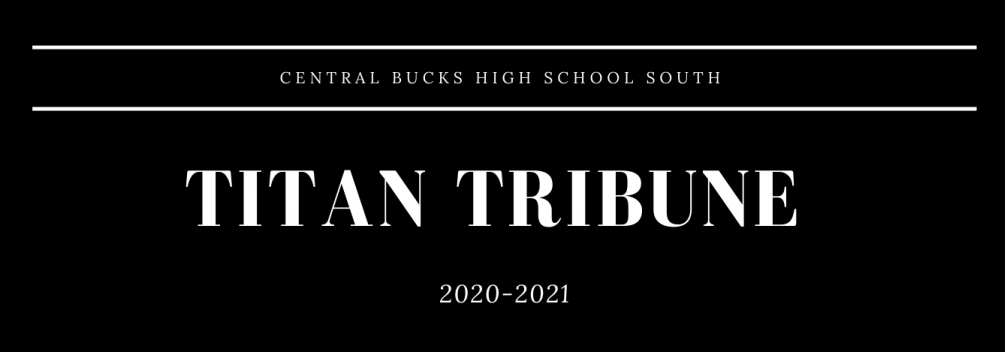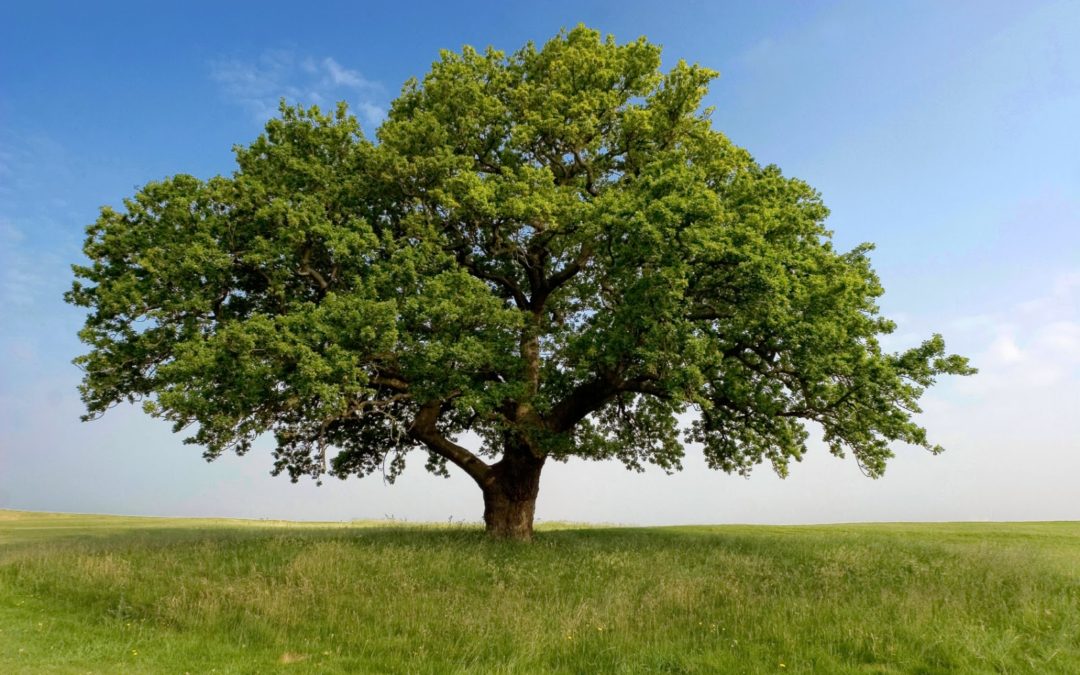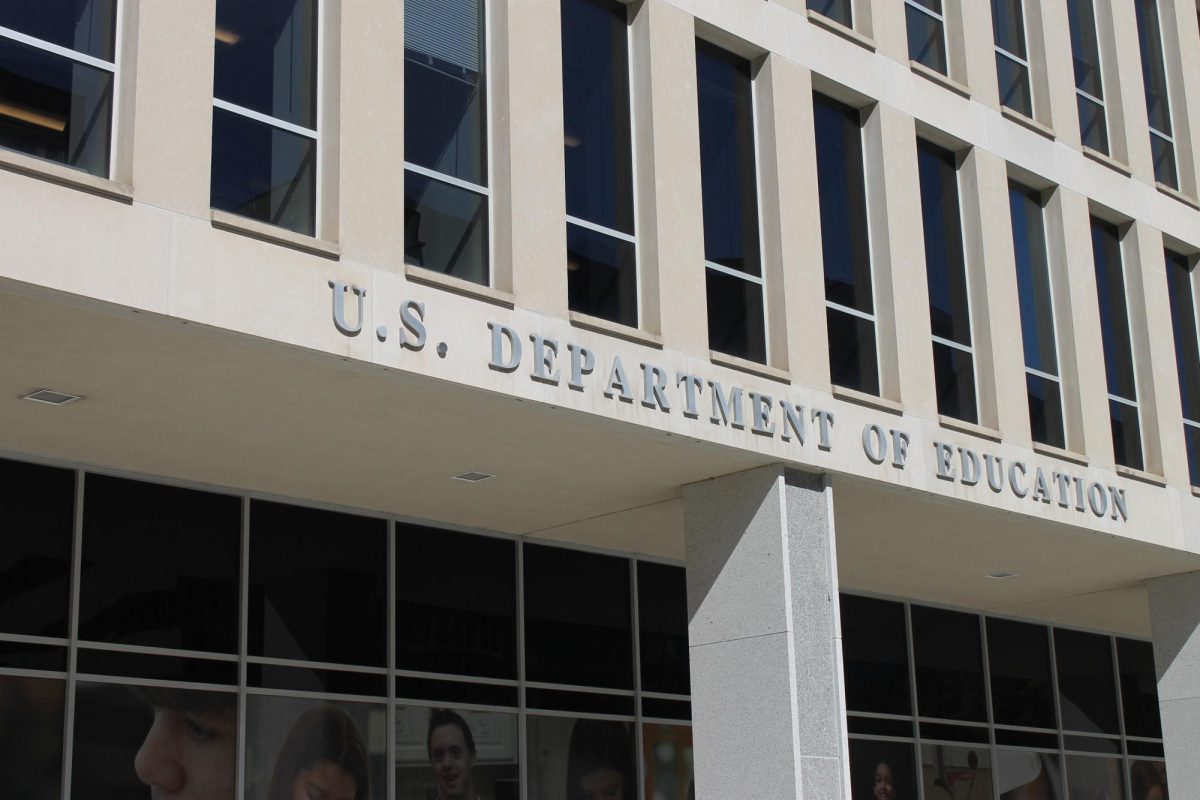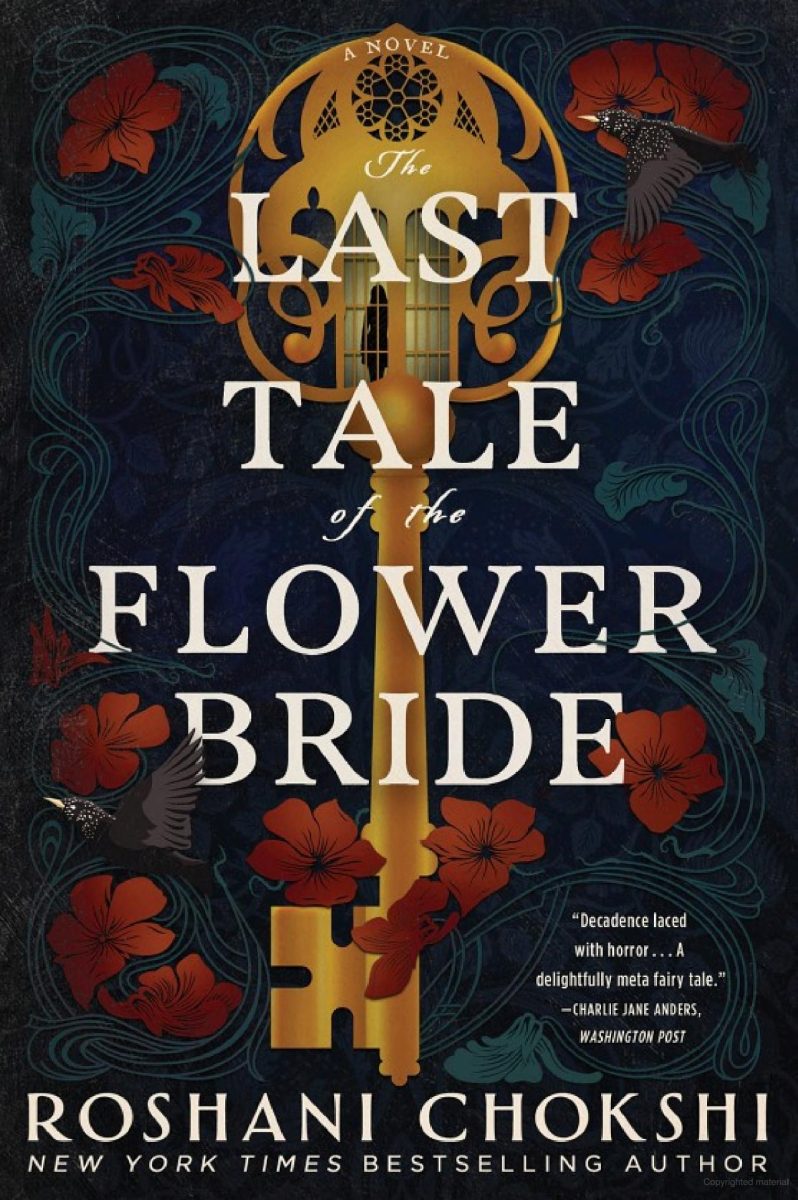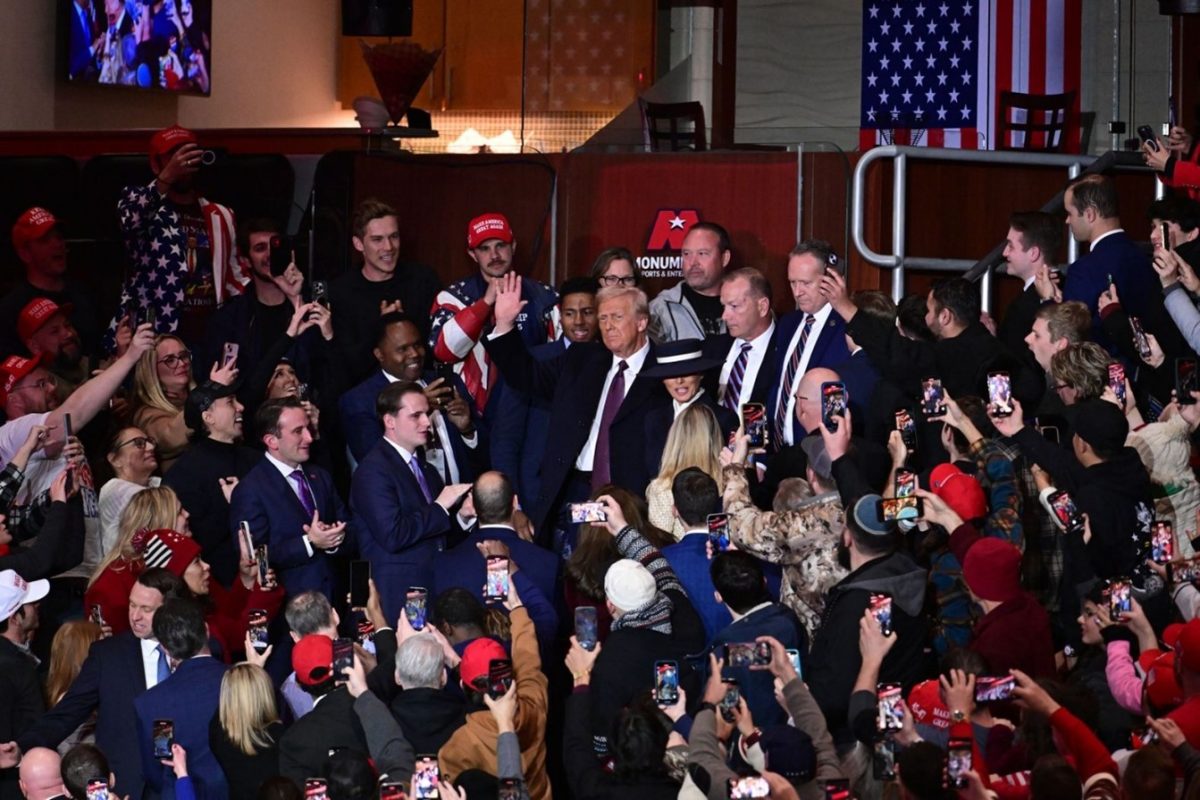Trees are important—everyone knows that. You may ask someone “Why are trees so important?”, to which they would most likely answer, “They turn carbon dioxide back into oxygen”. Is that it—are trees simply reduced down to their ability to undergo photosynthesis (something essential for their own survival)? As the percent of the U.S. population living in urban areas continues to rise, trees are our lifeline, and yet, trees are a privilege. Trees are a luxury marginalized communities do not have adequate access to. Racist policies established by loan corporations almost a century ago are affecting urban neighborhoods more than ever due to climate change. Fortunately, there is a way to extend an olive branch to these communities and revive their blacktop-bombarded streets.
Throughout history, trees have served varying purposes in society. In ancient Chinese, west Asian, and Greek civilizations trees were associated with spirituality and were planted for aesthetics. There was even a time in the Middle Ages where green spaces were strictly accessible to European nobility and royalty; commoners lived in areas lacking vegetation that led to unsafe health conditions within cities. It was not until the late 19th century that some of the environmental and economic benefits of trees in cities were uncovered. According to the Food and Agriculture Organization of the United Nations, this new knowledge led to “interdisciplinary and integrated approaches to address the challenges of growing trees in urban environments”. The professional field of urban forestry began to sprout.
What exactly are urban forests? They are the trees and associated vegetation in a town or city. Urban forests, as said by Dr. Sarah Mincey, a professor at Indiana University Bloomington, are “the hardest working infrastructure” in our communities. The average U.S. city “[supports] a density of 20 trees/acre” (“Carbon Offsets”). Trees provide several services for city-dwellers. On average, urban trees in the U.S. store 13 tons of CO2 per acre. Across America these urban trees absorb almost 130 million metric tons of CO2 annually. Urban trees also act as natural cooling and heating systems for buildings. Air conditioners across cities cause a significant increase in atmospheric temperatures, but the process of transpiration and the shade trees provide cool the air around these buildings. Trees also decrease wind speeds in cities, which reduces warm air loss in buildings. Not only is this beneficial environmentally but economically for residents; urban trees “reduce residential energy use for heating and cooling by an average of 7.2 percent, saving homeowners 7.8 billion dollars” (World Economic Forum). These trees improve water quality by absorbing runoff and mitigate floods as well. There are also mental and social advantages to urban residents being in the presence of trees. Green spaces can reduce crime, positively impact mental health, and improve learning abilities. Finally, trees increase the value of the property that they are rooted in. Although, these seemingly infinite services come at a cost. It is essential that we invest in the diligent care and upkeep of trees as they grow to ensure the majority of these benefits, but the condition of urban trees across the U.S. shows a trend of neglect.
It takes up to an entire decade for a tree to become established—two to three decades just to offset the CO2 emissions produced from planting it. Planting a tree and not maintaining it is a wasted effort—a wasted effort that has spread across multiple urban areas in the U.S. according to the article, “What Is Killing Urban Trees?”, which says, “In Boston around 40 percent of saplings die within seven years of planting… In New York, more than a quarter of trees planted in 2009 were dead within nine years” (Dinneen). There are a multitude of reasons why failure to keep urban trees alive is rampant in America. We are planting trees to improve our urban environment, but the conditions in these areas are too poor to hold trees. The air pollution and excess nutrients from street runoff in cities contaminates soil and prevents young trees from establishing their roots. Misguided and ignorant attempts to plant trees that do not take into consideration where or what trees are planted put entire urban ecosystems at risk. Above all, density of trees is crucial. A city should have a minimum of 40 percent canopy coverage to maximize the services of trees, but the average city in the U.S. only has 28 percent canopy coverage. Some communities have even less because of their demographics, a consequence of a policy brought on by Franklin Roosevelt’s New Deal almost one-hundred years ago.
In 1933, the federal government created the Home Owners Loan Corporation (HOLC). The goal of this program was to uplift America out of the Great Depression; instead, this program kicked down minorities. A system was put in place to “grade” communities from A to D based on the likelihood of the potential homeowners paying back their loans. Neighborhoods with high populations of immigrants and people of color, especially Black and Hispanic Americans, were usually given a grade of D, regardless of their economic status. Even more affluent Black neighborhoods across America were perceived as “high risk”. The people in these neighborhoods were not invested in and they are still struggling today. In these towns, unemployment rates are high and there are limited higher education opportunities. Green spaces incorporated in grade A neighborhoods were traded in for factories and highways in grade D neighborhoods. According to American Forests, “trees currently cover approximately 23 percent of the formerly redlined (grade D) neighborhoods and 43 percent of the formerly greenlined (grade A) neighborhoods”. These formerly redlined communities now face land surface temperatures as much as 36 degrees Fahrenheit higher than surrounding neighborhoods. The story of Gilpin, located in Richmond, Virginia, perfectly illustrates the effects of this housing policy. Gilpin was redlined in the 1930s and now has a predominantly Black population of over 2,000 residents. According to “How Decades of Racist Housing Policy Left Neighborhoods Sweltering”, “Neighborhoods to Richmond’s west that were deemed desirable for investment… remain wealthier and predominantly white, with trees and parks covering 42 percent of the land. Neighborhoods in Richmond’s east and south that were once redlined are still poorer and majority Black, with much lower rates of homeownership and green space covering just 12 percent of the surface” (Plumer & Popovich). During Gilpin’s sweltering summers families have to walk over a mile to get to a park in a wealthier neighborhood to escape the heat. “During a heat wave, every one degree increase in temperature can increase the risk of dying by 2.5 percent”; this is a dangerous statistic for Gilpin residents, which are more likely to “…have high rates of asthma, diabetes and blood pressure, all conditions that can be worsened by heat” (Plumer & Popovich). This horrifying reality has caused Gilpin’s life expectancy to lower to 63 years, 20 years fewer than a white neighborhood just across the river. Our environment is detrimental to our health. Redlined communities like this are almost uninhabitable for humans, so it is no surprise that wildlife, like birds, have flocked out of these neighborhoods. In Los Angeles, researchers found that in greenlined, predominantly white communities there was a greater abundance of birds who usually inhabit forests (warblers, wrens, bluebirds). In redlined, predominantly Hispanic neighborhoods fewer forest birds were found. A more in-depth study where the genetic data of 7,700 individual animals, including 39 vertebrate species, were tested even found that wildlife in these white communities had “higher levels of genetic diversity and more evidence of connected populations of animals, which interbreed and exchange DNA” (Rosner). Fragmentation throughout redlined communities have caused a weakening of the resilience of wildlife species present. The absence of trees in these communities has caused a domino effect of life-threatening conditions that we need to resolve immediately.
So how do we fix these communities? How do we backtrack nine decades of wrongdoing? We do not just plant trees because “…it’s not just planting trees; it’s taking care of trees” (Mincey). Care is key. We should not just care for the trees, but for the communities. These are real, breathing people that have stories about their experiences. We should ask them “What’s going on in your neighborhood?” before we barge in with shovels and saplings (Mincey). Every neighborhood is different, so every plan to resolve this issue should be executed differently. Before any tree planting, we must build relationships, connections, and trust with these people. We cannot “come in as white savior to plant trees everywhere and think [we’ve] done good and leave” (Mincey). Trees come with a price; as mentioned earlier, they increase property value. As a result, trees cause rent to spike and gentrify these neighborhoods. Poor and impersonal planning kicks out the good people that were originally supposed to be benefited. In order to prevent pushing these marginalized groups out of their own communities, the Tree Equity program is an upcoming organization that is creating jobs within these neighborhoods. This uplifts both the economic and environmental status of formerly redlined communities.
The road to recovery of our cities is not a straight one. There are decades of pain entwined in these communities that will not easily be fixed. As urban forestry continues to grow as an industry, we can only hope that from this pain blooms a new age of appreciation and preservation of the magical and transformative power of trees.

